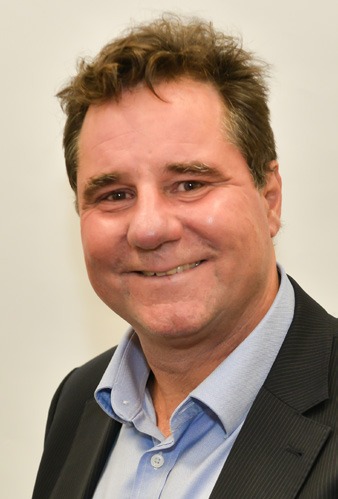As we convene at the World PtX Summit in Marrakech, the devastating earthquake that recently struck Morocco serves as a somber backdrop, reminding us of the fragility of life and the urgency of our mission for a sustainable future. The global energy transition is not just an environmental imperative; it’s a humanitarian one as well.
Green hydrogen is emerging as a critical pillar in the necessary transition, offering more than just clean energy solutions. Projects like AMUN, spearheaded by CWP Global, are not merely technological endeavors, but holistic initiatives aimed at enhancing social and economic participation, progress and prosperity. These grand-scale projects embody the principles of a Just Energy Transition, ensuring that as we move towards a greener future, we do so equitably, sharing the benefits and leaving no one behind. This is where green hydrogen projects are uniquely placed today have a significant impact. They offer not just renewable energy at scale, but also avenues for a new kind of industrialization, including green job creation, skills training, and community development.
According to the International Energy Agency (IEA), hydrogen will play a pivotal role in decarbonizing hard-to-abate sectors like long-haul transport, chemicals, and iron and steel. Integrating locally produced green hydrogen into Morocco’s rich chemical industry, for example, would be a game-changer on a global scale, not just for reducing the country’s carbon footprint but also for pioneering sustainable industrial practices.
Morocco, with its ambitious plans to become a global leader in green hydrogen, stands as a beacon of what’s possible. Projects in this space have the potential to be transformative, especially in regions that are economically disadvantaged or have been affected by natural disasters, like the recent earthquake. They can provide not only energy but also opportunities for education and employment, aligning with the government’s broader economic and social goals.
To realize this vision, a coordinated effort is required from all stakeholders, including governments, project developers, and financial institutions. Legal and regulatory frameworks need to be clear, consistent and stable. Financial structures need to be innovative to accommodate the high CAPEX involved in large-scale green hydrogen projects. Multilateral development banks (MDBs) and bilateral partners have a crucial role to play in de-risking these projects and making them bankable. They can help to bring in the right consortium of partners, enhance debt capacity and risk allocation models, and build the confidence that is essential for delivering a bankable project.
As someone who has been deeply involved in the renewable energy sector for nearly two decades, I can confirm that in many instances, the industry has been too focused on scale and efficiency, sometimes at the expense of local communities and the environment.
CWP does things differently – we put community engagement and benefit-sharing at the heart of our projects. The green hydrogen sector offers a chance to accelerate the the Just Transition movement. This is not just about corporate social responsibility; it’s about creating projects that are genuinely sustainable and beneficial for all.
So, as we discuss this week the future for green hydrogen as a lever for genuine change and opportunity in Morocco, let’s remember that this endeavour is not just a technological one, but one with human interests at its center. In the wake of tragedies like the one Morocco has just experienced, it’s more important than ever to approach the challenge with empathy, compassion, and a commitment to creating something better for everyone involved.
Let’s seize this opportunity to not just change the way we produce energy, but to improve the human condition. After all, the best way to honor those we’ve lost is to create a better world for those who remain.

Alex Hewitt
Cco-CEO and co-founder of CWP Global
